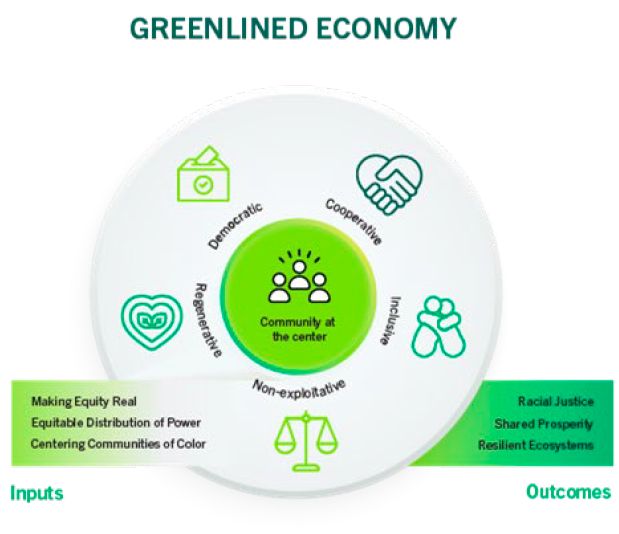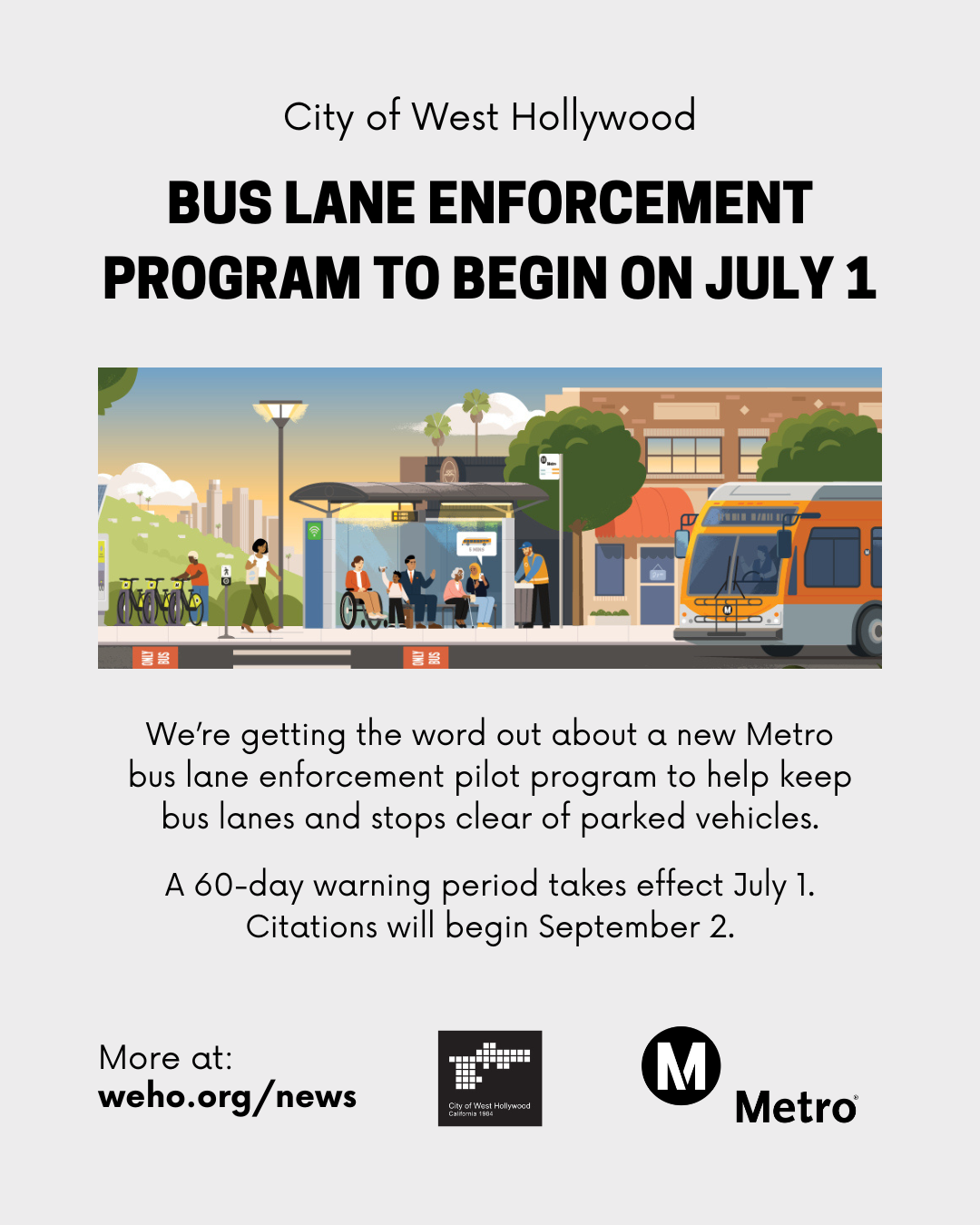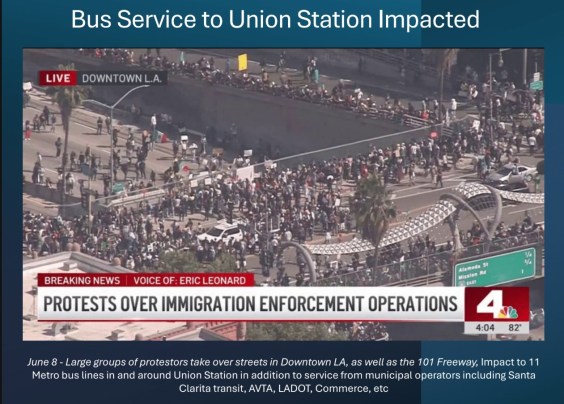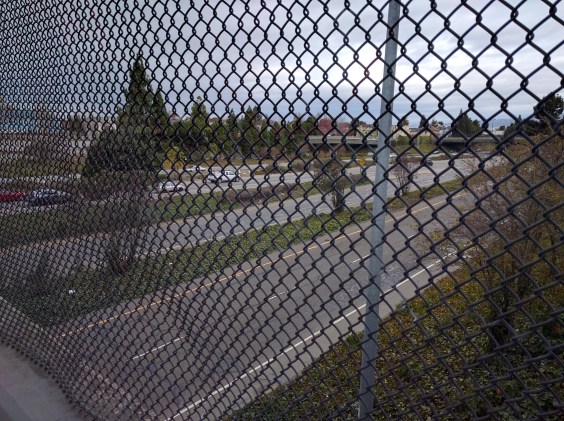Note: GJEL Accident Attorneys regularly sponsors coverage on Streetsblog San Francisco and Streetsblog California. Unless noted in the story, GJEL Accident Attorneys is not consulted for the content or editorial direction of the sponsored content.
This week, three state agencies that make policies and funding decisions about transportation, air pollution and climate change, and housing - the California Air Resources Board (CARB), the California Transportation Commission (CTC), and the California Department of Housing and Community Development (HCD) - met to find ways they could work together and align their programs so they don't conflict.
It's the second time the three agencies have met. The joint meetings are required by legislation, with the goal of forcing the agencies to talk, so that their policies and actions stop undermining state goals that are larger than any of their individual mandates. Wednesday's meeting was a demonstration of the progress the agencies have made since that first awkward joint meeting between CARB and the CTC two years ago.
It was also remarkable for what was said. That is, there was general agreement that, in order to align the work of the three agencies, a change in investment priorities will be necessary. That is, investments that continue to encourage reliance on single occupancy vehicles and fossil fuels need to end, and the agencies must focus state investments away from business as usual and onto equitable, sustainable projects.
How to make that shift - especially how to shift investment away from highway expansions that have been long in the planning stages - was not so clear.
Still, that there was general agreement on this notion is a pretty big change.
There's a serious reckoning taking place at California state agencies at all levels, from the court system to these agencies themselves. Longtime movements for racial equity and environmental justice are gaining new traction and momentum. California's present and historical inequities worsen problems like bad air quality, reliance on fossil fuels, climate change, wildfires, and this global pandemic.
The many ways these issues intertwine makes it difficult to think about them and talk about them, let alone sum them up succinctly. Many injustices are baked into the ways that California plans and regulates housing, transportation, and air quality. The necessary retooling of these processes will be difficult.
Nevertheless, there are plenty of people and organizations who have been doing that work for a long time.
And they have a lot to say.
Two such organizations spoke at Wednesday's joint meeting. ClimatePlan and The Greenlining Institute have both conducted analyses of the effectiveness of state plans and policies, on whether they are helping meet state climate goals, and on whether they are benefiting the Californians most in need of help. Maybe the state agencies themselves should be be doing this analysis, but they are not required to. In the past few years, ClimatePlan and its partners completed two analyses of Southern California's Sustainable Communities Strategies, several detailed reports on ways to plan a California transportation system that serves everyone and reduces emissions and traffic, and principles for integrating planning for land use and clean water.
The Greenlining Institute has released numerous reports on health, environmental, economic, and energy equity, completing detailed analyses of California programs aimed at clean energy and transportation.
Representatives from both of these organizations told the jointly assembled agencies that solutions to these interconnected problems already exist. The Greenlining Institute's Hana Creger pointed to three existing programs that she said could set standards for equitable investments while reducing greenhouse gas emissions and vehicle miles traveled. They could all be models for aligning program goals, and should be supported and invested in by all three agencies, she said.
But currently between all three they receive only a small portion of overall funding available.
The Clean Mobility Options Program (CMO), the Sustainable Transportation Equity Project (STEP), and the Active Transportation Program (ATP) all help reduce greenhouse gas emissions and increase mobility, and they do so in ways that help build community capacity. Each have requirements around involving community members from the beginning in planning projects that will meet program goals, but are flexible enough that they leave room for the communities to come up with the projects that they want. They do this by providing technical assistance and guidance, for example, and money for local organizations to conduct meaningful public outreach.
All three programs are also very popular, but only a portion of the applications to them can be funded. That is, only about 18 percent of the STEP applicants will get funding, and maybe sixty percent of the CMO projects will. The ATP usually funds around a quarter of the projects that apply. This is true even though the efforts that goes into applying, including collecting community ideas, creating and prioritizing projects to meet program goals, are considerable.
That means that "detailed, community-centered plans have been formed and are ready to go," according to Creger, but they cannot be funded unless these programs are increased.
Nevertheless, they receive only a small portion of the overall funding that is available. The clean transportation equity incentives only receive a total of twelve percent of the funding for the Low Carbon Transportation Program, which itself is only a portion of total Greenhouse Gas Reduction Funding from cap-and-trade. "These programs are only scratching the surface of what they could do," said Creger. Yet they more than pull their weight in terms of results, producing not only community-centered plans but communities that are engaged and interested and ready to work.
For example, while the ATP has seen steady growth in the amount invested in it - and work is being done to increase the funding available for active transportation in other transportation funding programs - California is still spending billions of dollars every year on projects that increase single-occupant vehicle use, reliance on fossil fuels, and that destroy homes to make highways ever wider and, in the end, more crowded.
But all state funding programs need to both encourage community engagement and help reduce greenhouse gas emissions.
"We need to move funding away from programs that continue our reliance on cars and fossil fuels," said Creger, and her words were echoed throughout the afternoon.
When asked by CalSTA Secretary David Kim to also analyze programs that need improvement, Creger agreed that it was needed, and had one quick answer: the Clean Vehicle Rebate program, which offers rebates on the purchase of electric cars and is pretty much limited to people who can afford these expensive vehicles. Not only does that program not do anything for equity, she said, it furthers dependence on cars instead of increasing options for everyone, especially those who need them most.
There was much, much more to glean from the day-long meeting.
Nailah Pope-Harden from ClimatePlan made everyone hungry with an extended metaphor about equity, which cannot just be "sprinkled like salt" onto programs but must be marinated and basted into programs to ensure those programs are nourishing communities. UC Berkeley Professor Karen Chapple offered ideas on the need to realign state policies to support infill, preserving housing affordability and avoiding displacement, and the eventuality that, one way or the other, "the conversation about reparations is going to happen, and it would be good to get out ahead of it."
In the afternoon, Darwin Moosavi, Deputy Secretary for Environmental Policy and Housing Coordination at CalSTA explained the ongoing work on a Climate Action Plan for Transportation Infrastructure being formulated by the California State Transportation Agency. CalSTA recognizes that the transportation sector is one of the largest contributors to greenhouse gas emissions, and that the huge emission reductions needed mean that vehicle miles traveled must be reduced in addition to other work like increasing the portion of zero emission vehicles.
That means, for one, funding infrastructure that encourages transit, walking, and biking. It also means focusing on a "fix-it first approach" that prioritize projects that do not increase vehicle travel.
What the next steps are, and what the concrete actions in the "Climate Action Plan" are, was left for another day, as was the question of what to do about highway expansion projects that are already in the pipeline.
It was a start.






